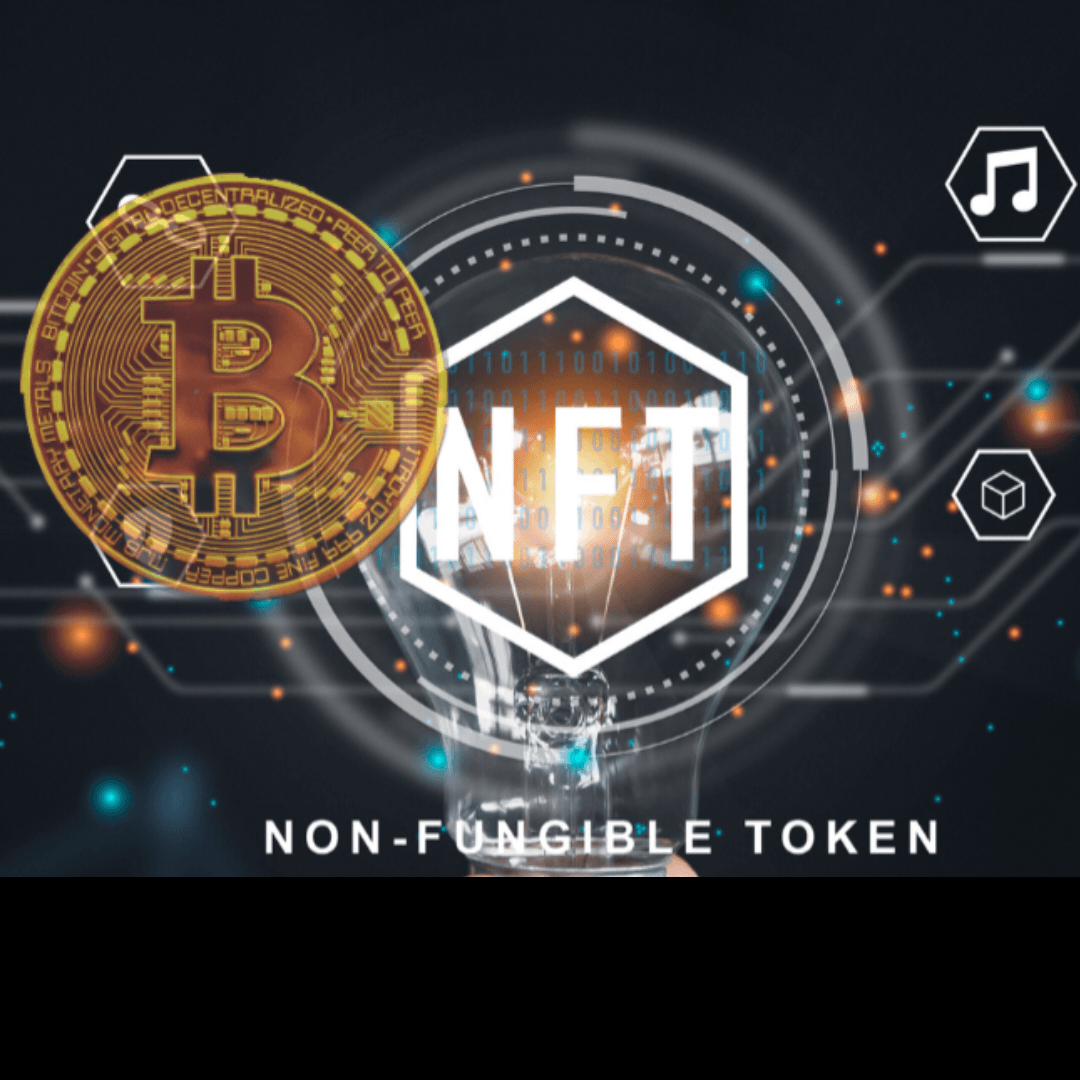What is Bitcoin?
Let Us Start with Why Bitcoin was Created.
An individual or a group of people going by the name Satoshi Nakamoto issued a white paper to address the centralized control of money and the trust required in handling citizens' cash, after the 2008 Financial Crisis.
Bitcoin is a peer-to-peer electronic exchange.
This means people can send Bitcoin directly to one another without a bank or third party.
Bitcoin was created so people don't have to rely on government or financial institutions for financial transactions.
The Bitcoin blockchain, works on a proof-of-work method for tracking and verification of transactions. Transactions cannot be tampered with.
In the traditional financial system, transactions can be reversed or meddled with by third parties, and transaction costs can add up.
Bitcoin started as a barter system, trade for goods, similar to Gold but digital and more inclusive.
Now Bitcoin is being adopted as currency in multiple countries.
All Bitcoin transactions happen online. Regular currencies are controlled by the government, but Bitcoin is a decentralized currency; which means it is not controlled by a central authority.
All transactions are verified and recorded multiple times, so there is no manipulation of the transaction or data.
So What is Proof of Work (PoW)?
(from Investopedia, )
- Proof of work (PoW) is a decentralized consensus mechanism that requires members of a network to expend effort solving an arbitrary mathematical puzzle to prevent anybody from gaming the system.
- Proof of work is used widely in cryptocurrency mining, for validating transactions and mining new tokens.
- Due to proof of work, Bitcoin and other cryptocurrency transactions can be processed peer-to-peer in a secure manner without the need for a trusted third party.
- Proof of work at scale requires huge amounts of energy, which only increases as more miners join the network.
I hope this helps in the understanding of Bitcoin.






